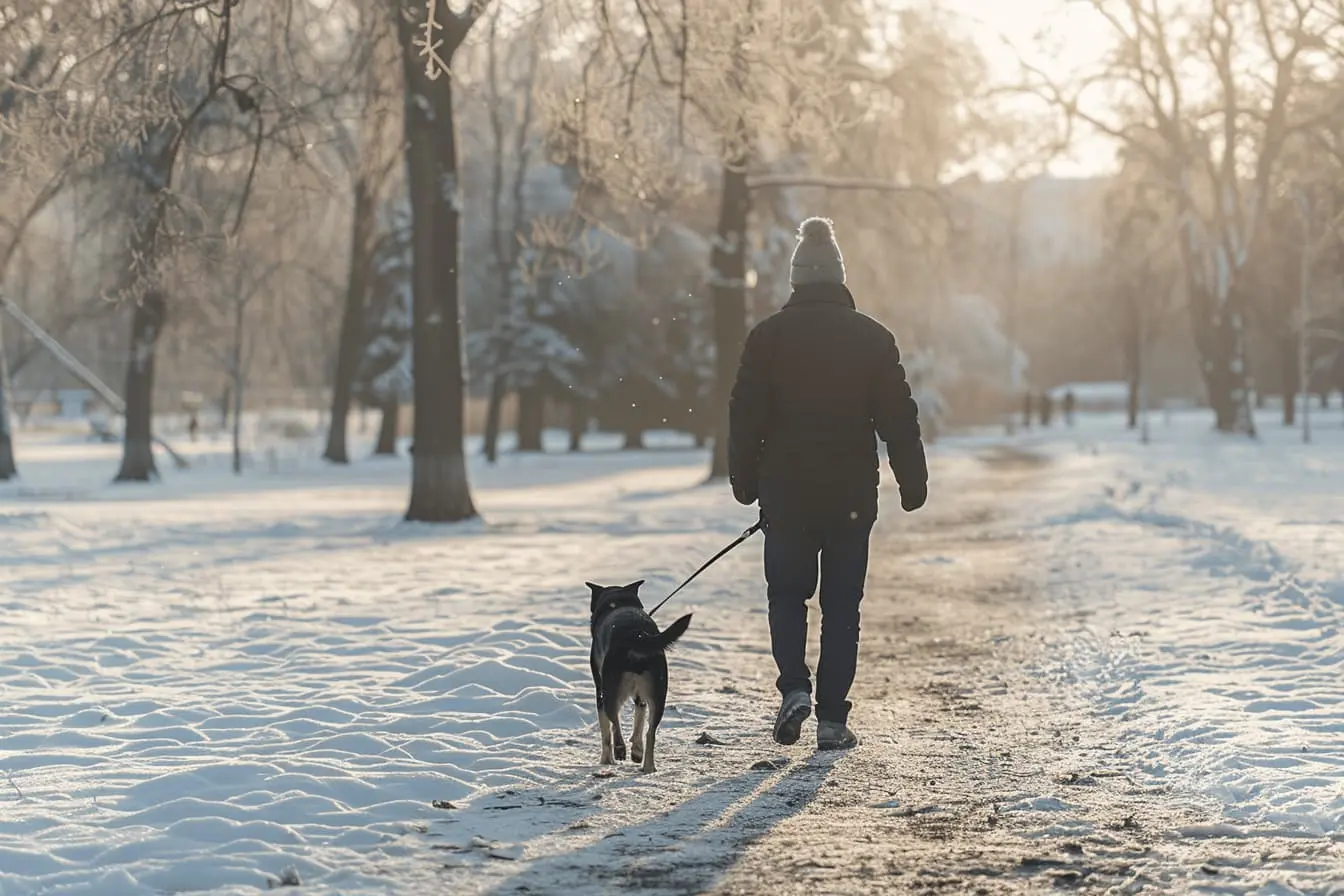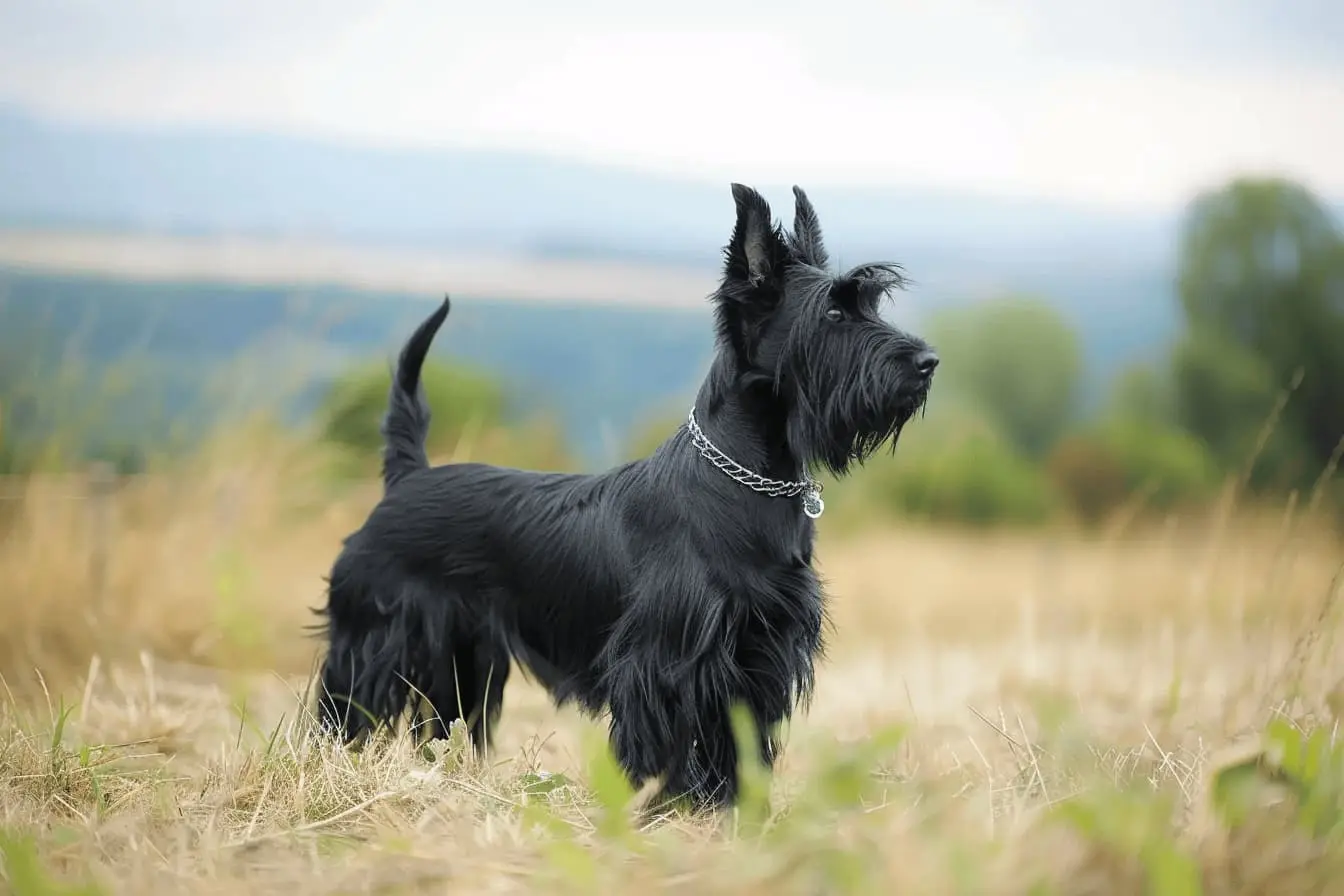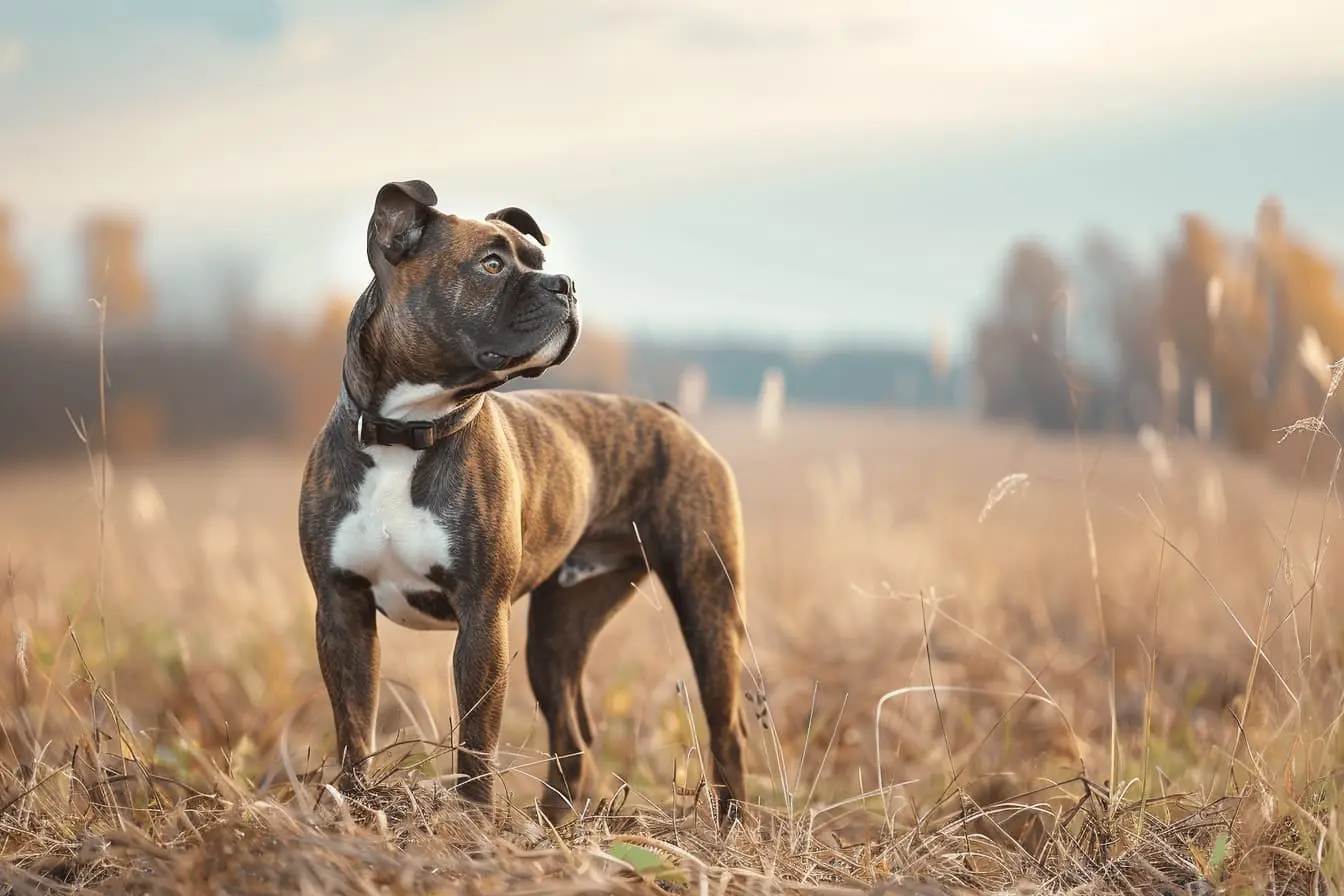
Lead Training Your New Dog: A Beginner's Guide
Bringing a new dog into your home is an exciting time. However, it's also a time for training and teaching your furry friend how to behave. Lead training is crucial for the safety of your dog, yourself, and others. It ensures that walks are enjoyable and stress-free. If you're a new dog owner, you might be wondering where to start. Fear not! Here's a step-by-step guide to lead training your new dog.
What You'll Need:
- A Suitable Collar or Harness: Choose a comfortable, fitting collar or harness for your dog. For many breeds, especially those prone to neck strain like pugs or bulldogs, a harness is a better choice.
- A Lead: A sturdy, 4-6 foot lead is ideal for training purposes. It offers enough length for your dog to explore without giving them too much freedom.
- Treats: Small, tasty treats can motivate your dog during training sessions.
- Patience: Remember, training takes time and patience. Every dog learns at their own pace.
Step-by-Step Guide to Lead Training:
Step 1: Introduction to the Collar/Harness and Lead
- Start indoors in a familiar environment to your dog.
- Let your dog sniff and inspect the collar/harness and lead to get used to them.
- Put the collar/harness on your dog and let them wear it around the house. Start with short durations and gradually increase the time.
- Attach the lead and let your dog walk around with it. Supervise closely to ensure they don’t get tangled or hurt.
Step 2: Teach to Follow
- With treats in your hand, encourage your dog to follow you around indoors while on the lead. Reward them with treats and praise for following you.
- Keep sessions short and positive. Aim for 5-10 minutes to prevent your dog from losing interest or becoming frustrated.
Step 3: Introduce Commands
- Start incorporating basic commands like "come," "sit," and "stay." Use treats to reward compliance.
- Practice these commands with the lead on, gradually adding slight tugs on the lead to guide your dog as needed.
Step 4: Practice Inside to Outside
- Once your dog is comfortable following commands indoors with the lead, it’s time to venture outside.
- Begin in a quiet, enclosed outdoor area to minimise distractions.
- Practice walking on the lead, rewarding calm and attentive behavior.
- If your dog pulls, stop walking. Call them back to you and only continue once they’ve calmed down.
Step 5: Gradual Exposure
- Gradually introduce more distractions into your training sessions.
- Practice in different environments (e.g., parks, urban areas) to ensure your dog is well-adjusted to various scenarios.
- Always reward good behavior with treats and praise.
Step 6: Consistency is Key
- Consistency is crucial in lead training. Try to walk your dog at the same times daily and use consistent commands and rewards.
- If multiple people are walking the dog, ensure everyone uses the same techniques and commands.
Additional Tips
- Be patient and positive. Avoid showing frustration or anger during training sessions.
- Keep training sessions short and sweet. Dogs have short attention spans, especially puppies.
- If you're struggling, consider enrolling in a training class for professional guidance.
Lead training is not just about teaching your dog how to walk on a lead; it's about building a bond based on trust and respect. With patience, consistency, and the right approach, your dog will be walking calmly on a lead in no time. Remember, every dog is different, so adapt your training to fit your dog’s personality and learning pace. Here’s to many happy walks with your furry friend!
Vets near you
Speciality vets
- Aquatics vet specialists
- Birds vet specialists
- Camelids vet specialists
- Cats vet specialists
- Cattle vet specialists
- Deer vet specialists
- Dogs vet specialists
- Equines vet specialists
- Exotic vet specialists
- Goats vet specialists
- Pigs vet specialists
- Poultry vet specialists
- Sheep vet specialists
- Small Mammals vet specialists
- Wild vet specialists



